
How to Use APR33A3: Examples, Pinouts, and Specs
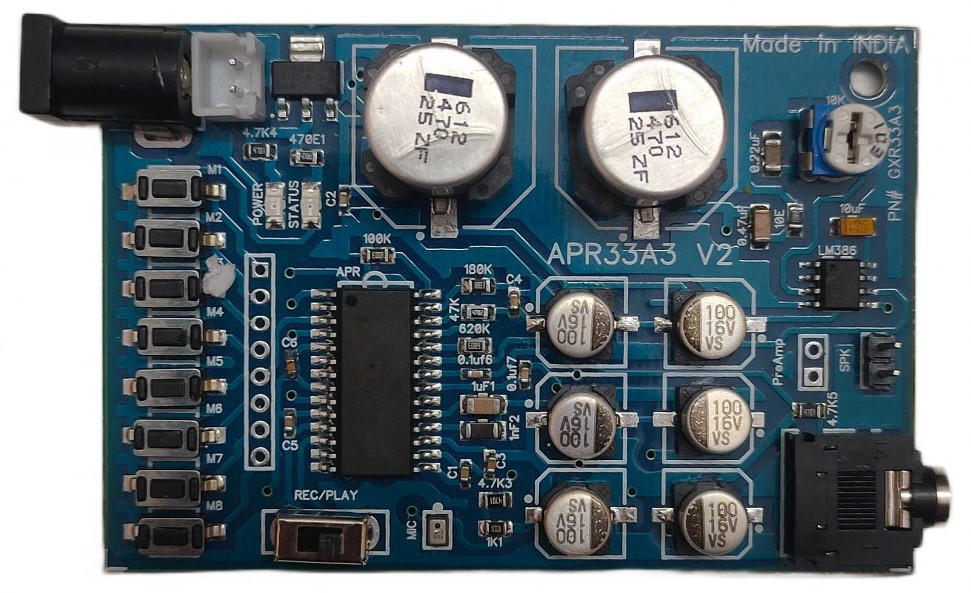
 Design with APR33A3 in Cirkit Designer
Design with APR33A3 in Cirkit DesignerIntroduction
The APR33A3 is a high-performance voice recording and playback integrated circuit (IC) capable of storing up to 11 minutes of audio. This versatile component is widely used in various applications, including toys, alarms, and voice guidance systems. Its ease of use and robust performance make it a popular choice for both hobbyists and professionals.
Explore Projects Built with APR33A3
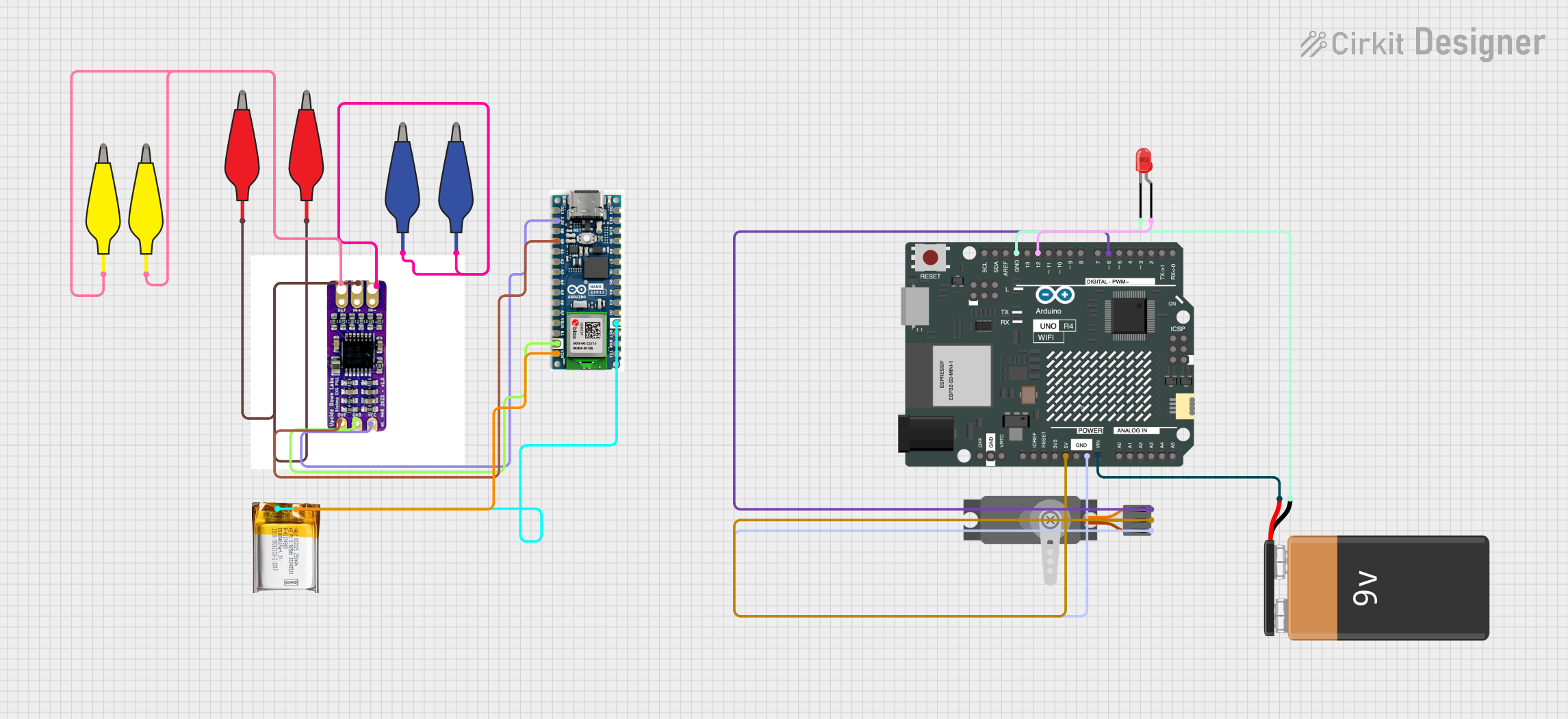
 Open Project in Cirkit Designer
Open Project in Cirkit Designer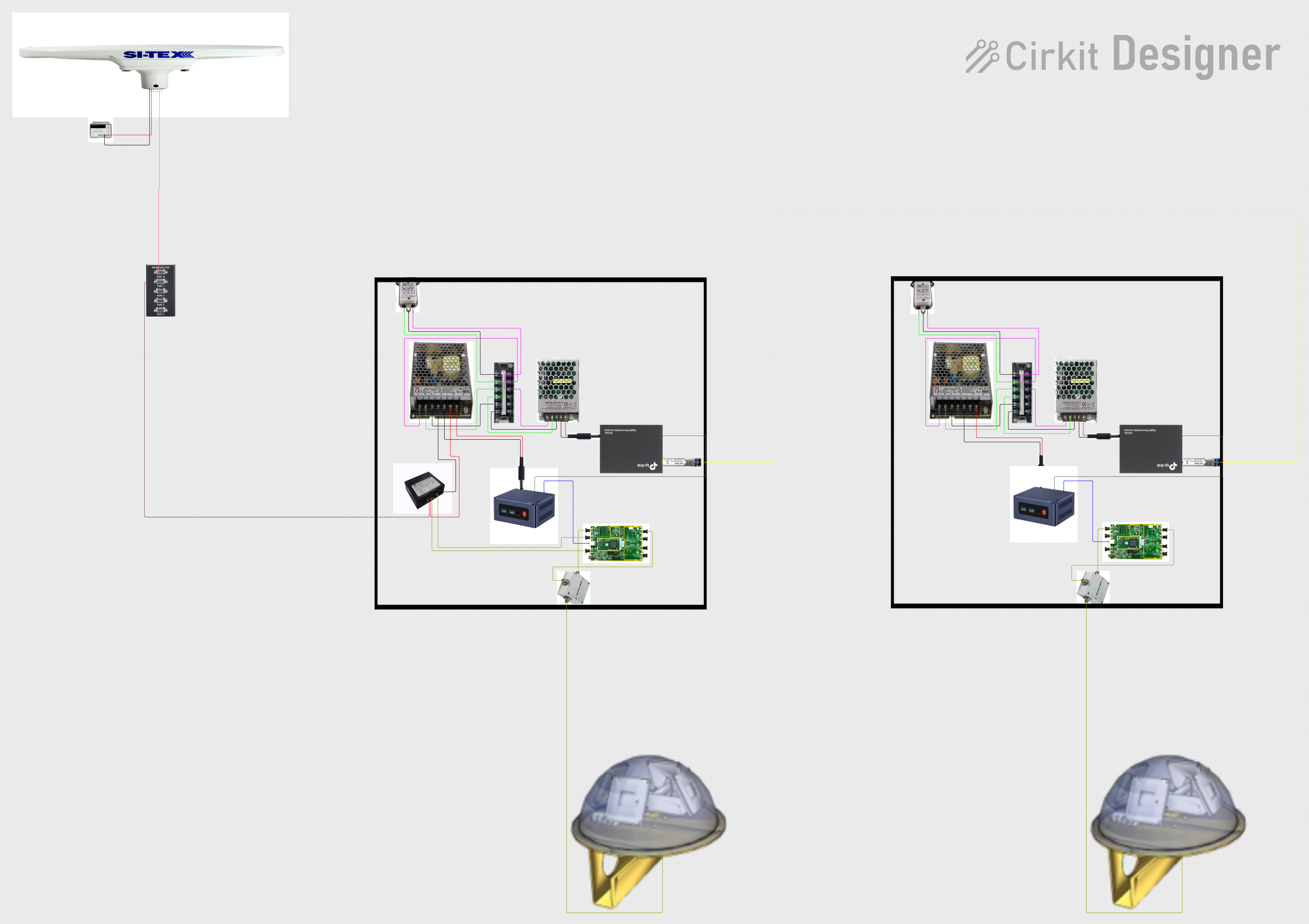
 Open Project in Cirkit Designer
Open Project in Cirkit Designer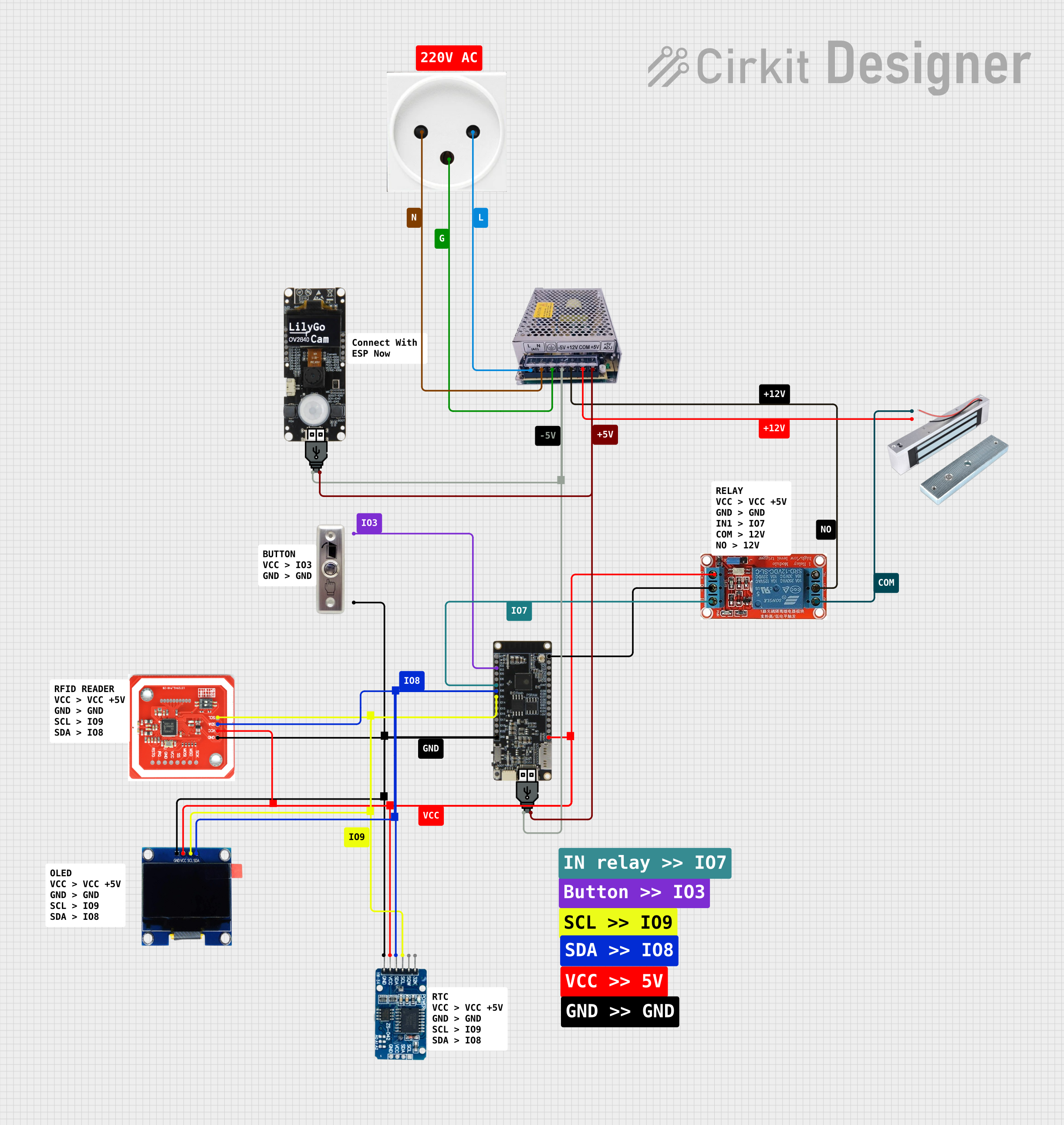
 Open Project in Cirkit Designer
Open Project in Cirkit Designer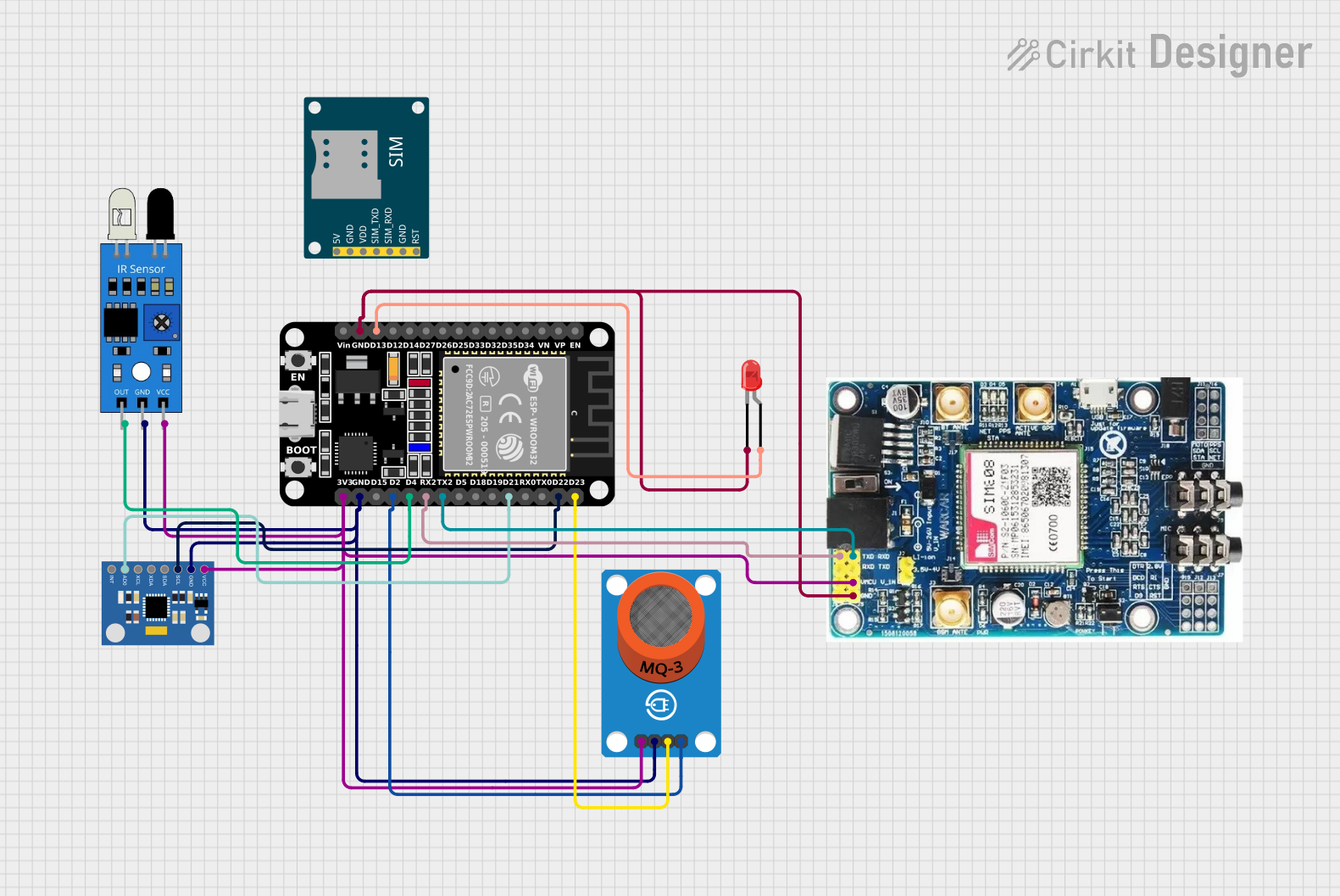
 Open Project in Cirkit Designer
Open Project in Cirkit DesignerExplore Projects Built with APR33A3

 Open Project in Cirkit Designer
Open Project in Cirkit Designer
 Open Project in Cirkit Designer
Open Project in Cirkit Designer
 Open Project in Cirkit Designer
Open Project in Cirkit Designer
 Open Project in Cirkit Designer
Open Project in Cirkit DesignerTechnical Specifications
Key Technical Details
| Parameter | Value |
|---|---|
| Operating Voltage | 2.4V to 6.5V |
| Current Consumption | 25mA (recording), 15mA (playback) |
| Audio Storage Time | Up to 11 minutes |
| Sampling Rate | 8kHz |
| Audio Quality | 8-bit resolution |
| Interface | SPI |
| Package | 28-pin SOP |
Pin Configuration and Descriptions
| Pin No. | Pin Name | Description |
|---|---|---|
| 1 | VCC | Power Supply (2.4V to 6.5V) |
| 2 | GND | Ground |
| 3 | REC | Record Control Input |
| 4 | PLAYE | Edge-activated Playback Control Input |
| 5 | PLAYL | Level-activated Playback Control Input |
| 6 | MIC+ | Microphone Positive Input |
| 7 | MIC- | Microphone Negative Input |
| 8 | SP+ | Speaker Positive Output |
| 9 | SP- | Speaker Negative Output |
| 10 | LED | LED Indicator Output |
| 11-28 | A0-A17 | Address Inputs for Memory Segments |
Usage Instructions
How to Use the APR33A3 in a Circuit
- Power Supply: Connect the VCC pin to a power supply ranging from 2.4V to 6.5V and the GND pin to the ground.
- Microphone Connection: Connect a microphone to the MIC+ and MIC- pins for audio input.
- Speaker Connection: Connect a speaker to the SP+ and SP- pins for audio output.
- Control Inputs: Use the REC pin to start recording and the PLAYE or PLAYL pins to start playback.
- Address Inputs: Use the A0-A17 pins to select memory segments for recording and playback.
Important Considerations and Best Practices
- Power Supply: Ensure a stable power supply to avoid noise and distortion in audio recording and playback.
- Microphone and Speaker: Use high-quality microphones and speakers to achieve the best audio quality.
- Control Signals: Debounce mechanical switches connected to control inputs to avoid false triggering.
- Address Management: Properly manage address inputs to avoid overwriting important audio data.
Example Circuit with Arduino UNO
/*
* Example code to control APR33A3 with Arduino UNO
* This code demonstrates basic recording and playback functionality.
*/
const int recPin = 2; // Pin connected to REC
const int playPin = 3; // Pin connected to PLAYE
void setup() {
pinMode(recPin, OUTPUT);
pinMode(playPin, OUTPUT);
Serial.begin(9600);
}
void loop() {
if (Serial.available()) {
char command = Serial.read();
if (command == 'r') {
// Start recording
digitalWrite(recPin, HIGH);
delay(10000); // Record for 10 seconds
digitalWrite(recPin, LOW);
} else if (command == 'p') {
// Start playback
digitalWrite(playPin, HIGH);
delay(10000); // Play for 10 seconds
digitalWrite(playPin, LOW);
}
}
}
Troubleshooting and FAQs
Common Issues and Solutions
No Sound During Playback
- Solution: Check the speaker connections and ensure the speaker is functional. Verify that the playback control pins are correctly triggered.
Distorted Audio
- Solution: Ensure a stable power supply and check for any noise sources in the circuit. Use high-quality microphones and speakers.
Recording Not Working
- Solution: Verify the microphone connections and ensure the REC pin is correctly triggered. Check the power supply voltage.
FAQs
Q1: Can I use the APR33A3 with a 3.3V power supply?
- A1: Yes, the APR33A3 operates within a voltage range of 2.4V to 6.5V, so a 3.3V power supply is suitable.
Q2: How can I extend the recording time beyond 11 minutes?
- A2: The APR33A3 is limited to 11 minutes of audio storage. To extend recording time, consider using multiple APR33A3 ICs or a different IC with higher storage capacity.
Q3: Can I use the APR33A3 for continuous playback?
- A3: Yes, you can use the PLAYL pin for level-activated continuous playback.
Q4: How do I debounce mechanical switches connected to control inputs?
- A4: Use hardware debouncing with capacitors and resistors or implement software debouncing in your microcontroller code.
This documentation provides a comprehensive guide to using the APR33A3 voice recording and playback IC. Whether you are a beginner or an experienced user, following these instructions and best practices will help you achieve optimal performance in your projects.